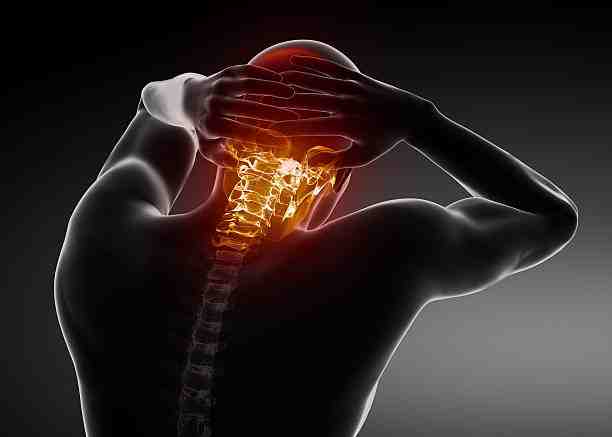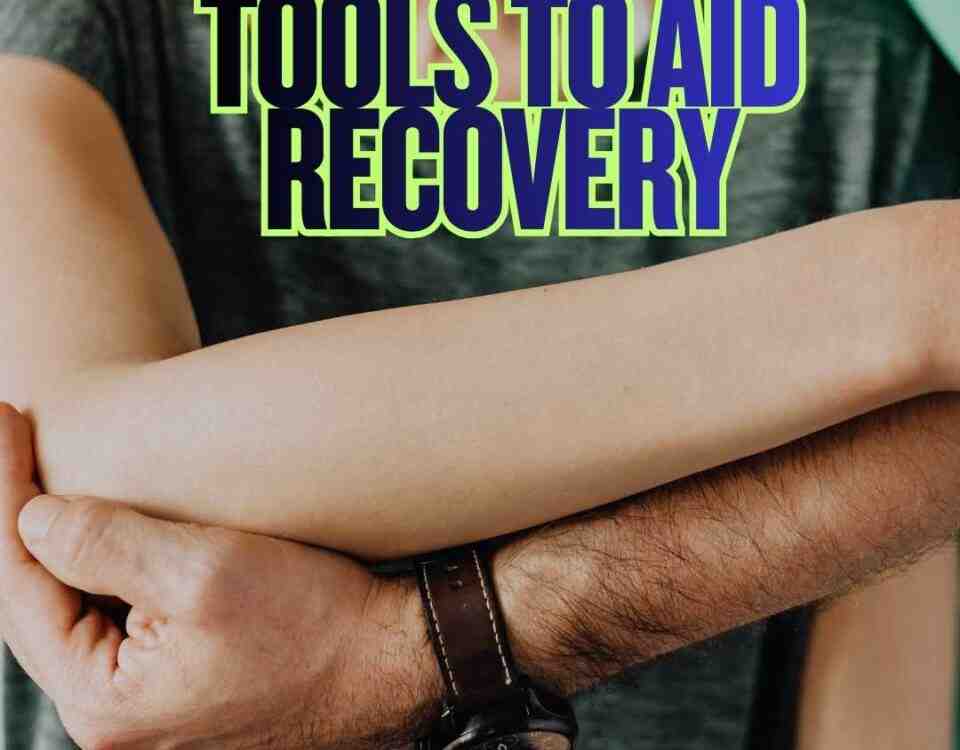Turning Out The Pain

Baby It’s Cold Outside..Winter Driving Safety Essential Tips
October 25, 2022
Sciatica! What a Pain in the Butt!
October 25, 2022Tuning Out the Pain
It is the middle of the night, and you wake up and find yourself navigating a dark bedroom making your
way to the bathroom. Midway along your journey your toe catches what feels like a landmine and turns
out to be a wall, end table, bed post or door frames. You grab your foot in agony, make it to the
bathroom and manage to fall back asleep. You wake up to a throbbing purple toe that you just know
has been broken. You take the morning off to go have an x-ray performed only to sit in a waiting room
full of sick people and finally 2 hours later have your x-ray. Another 30 minutes go by, and someone
informs you the x-ray is negative and sends you home. Wouldn’t it be nice to know whether you need
to have an x-ray before you take off a day of work?
Your child is up to bat during baseball season and the second pitch comes inside and hits him in the
hand. By the time he makes it back to base the hand is starting to swell and you aren’t sure whether he
should ice and continue or miss the game to have an x-ray. Wouldn’t it be nice to have a tool ready to
guide you in that decision?
Your spouse has had a bad round of a cold virus which turned into bronchitis and all it’s associated
violent coughing. During a bout of coughing, they heard a sound in their rib and now has moderate to
severe pain along the chest. They think they may have broken a rib. Wouldn’t it be nice to have an
answer at home without spending the next 6 hours at the ER?
Tuning forks have been used over the years as a quick tool to help rule out fractures. It is not a definite
diagnostic tool but more of a guidance on what your next step should be if you think someone may have
fractured a bone. An important part of your first aid kit at home or in your vehicle should consist of a
128 MHz tuning fork. These can be purchased for a fraction of the cost of an x-ray, MRI or CT. This is
something you need to have before you need it. A tuning fork is struck, the end is held in contact with a
bone and there are high frequency vibrations which travel into the bone. If a fracture is present, there
should be a sharp pain when the vibration reaches the fracture. It is in no way superior to an MRI or CT
for diagnostic purposes but is a good tool to use in a pinch if none of those are available. If you do not
have pain, it can be more likely than not you don’t have a fracture. The tuning fork can be more reliable
if the bone is easily accessed and doesn’t have a lot of soft tissue surrounding it. You can always follow
up with advanced imaging for a proper diagnosis but sometimes we just want to know if it is likely
broken or just really swollen.
But please remember, the tuning fork is not a definite diagnostic tool and should only be used as a form
of guidance. If in doubt, seek medical attention.
– This article was written by Aaron Workman, DC one of the members of Chambers Medical Group’s team of car accident chiropractors who offer a variety of treatments and therapies ranging from diagnostic testing to various soft tissue therapies for car accidents and injuries in Kentucky.
If you or somebody you know has been in a car accident, be sure that you seek medical attention from a car accident doctor or car accident chiropractor to treat your injuries. Visit Chambers Medical Group to receive world-class medical treatment for your injuries.
Chambers Medical Group has car accident medical clinics in the following locations:
- Car Accident Medical Clinic in Tampa
- Car Accident Medical Clinic in Plant City
- Car Accident Medical Clinic in Brandon
- Car Accident Medical Clinic in Lakeland
- Car Accident Medical Clinic in Sarasota
- Car Accident Medical Clinic in Louisville
- Car Accident Medical Clinic in Lexington
- Car Accident Medical Clinic in Florence




